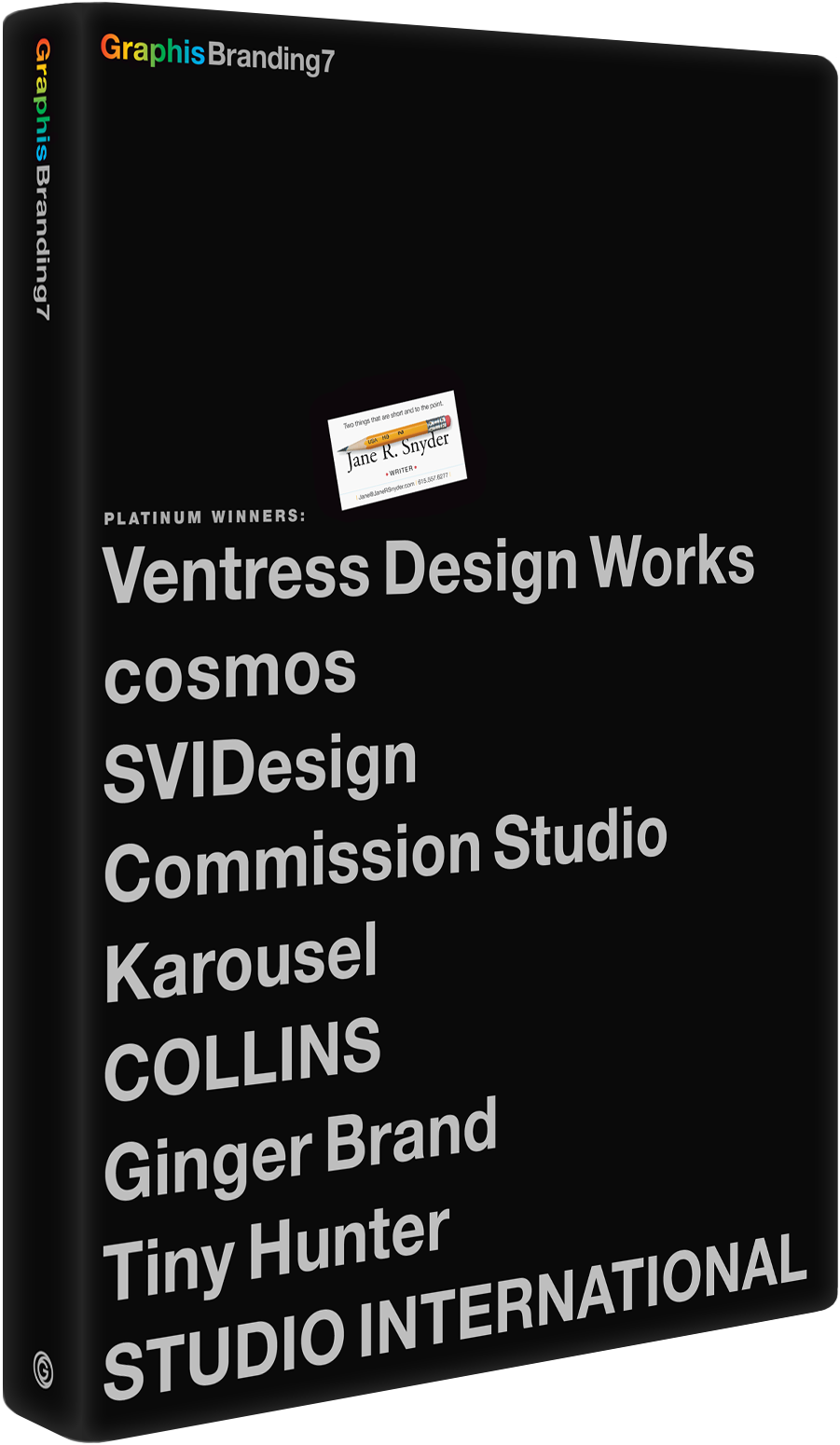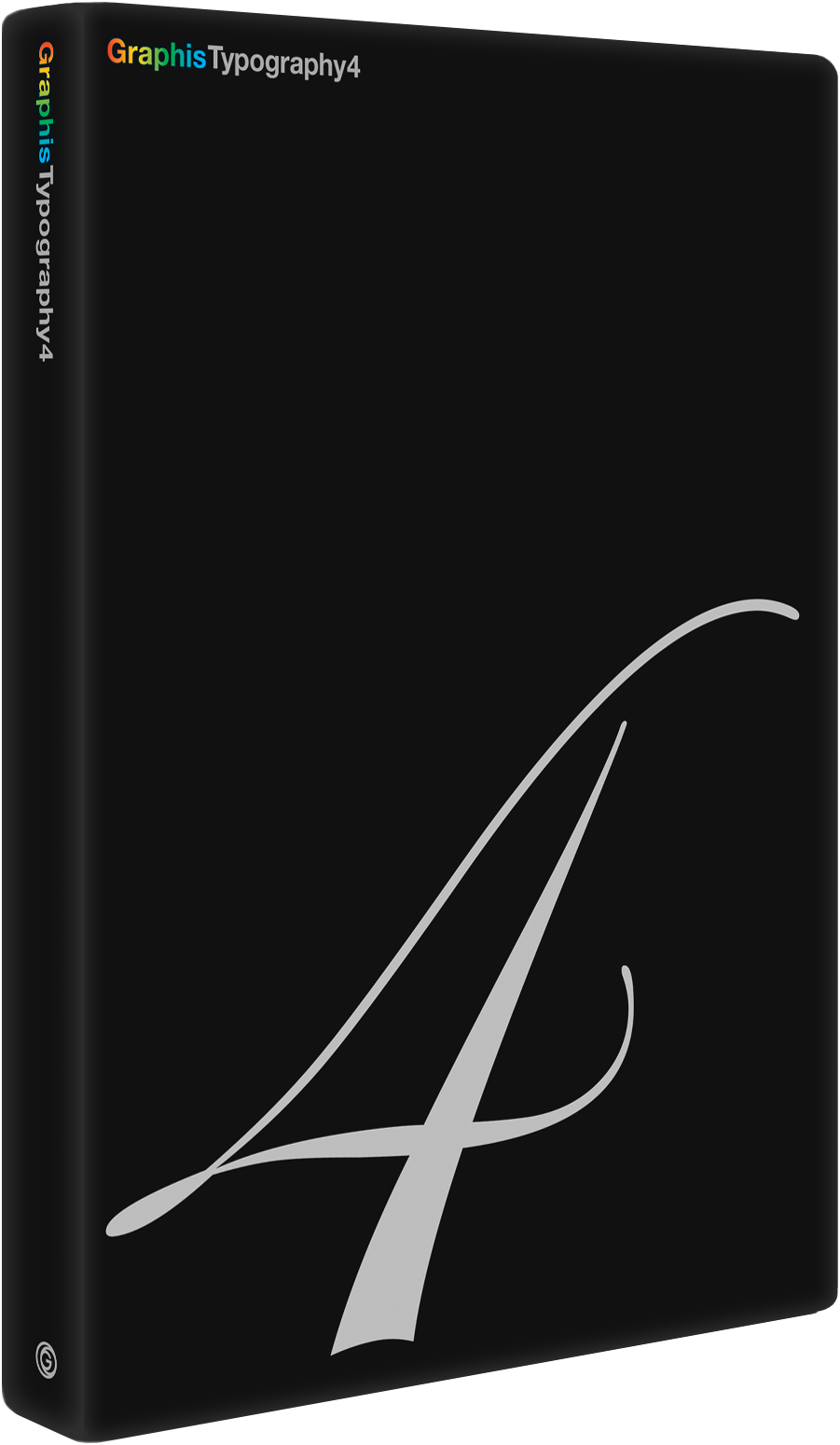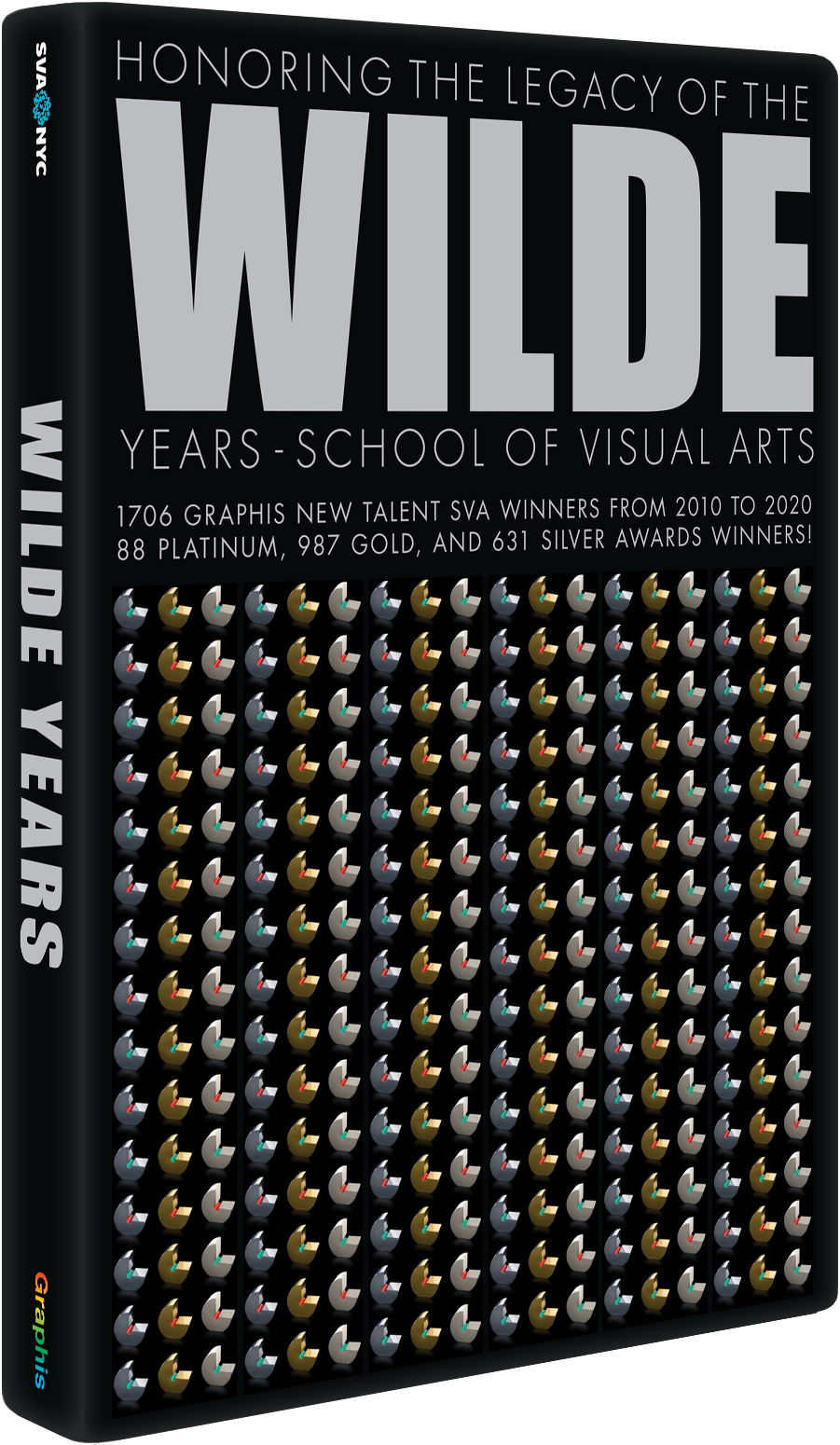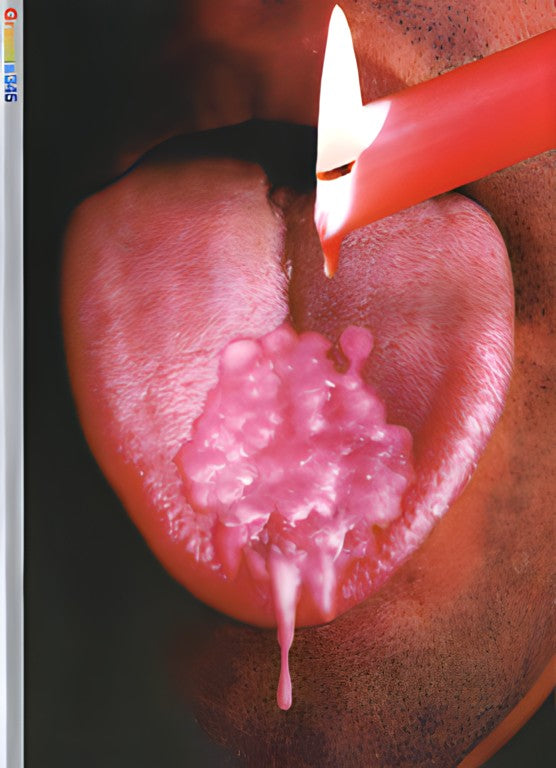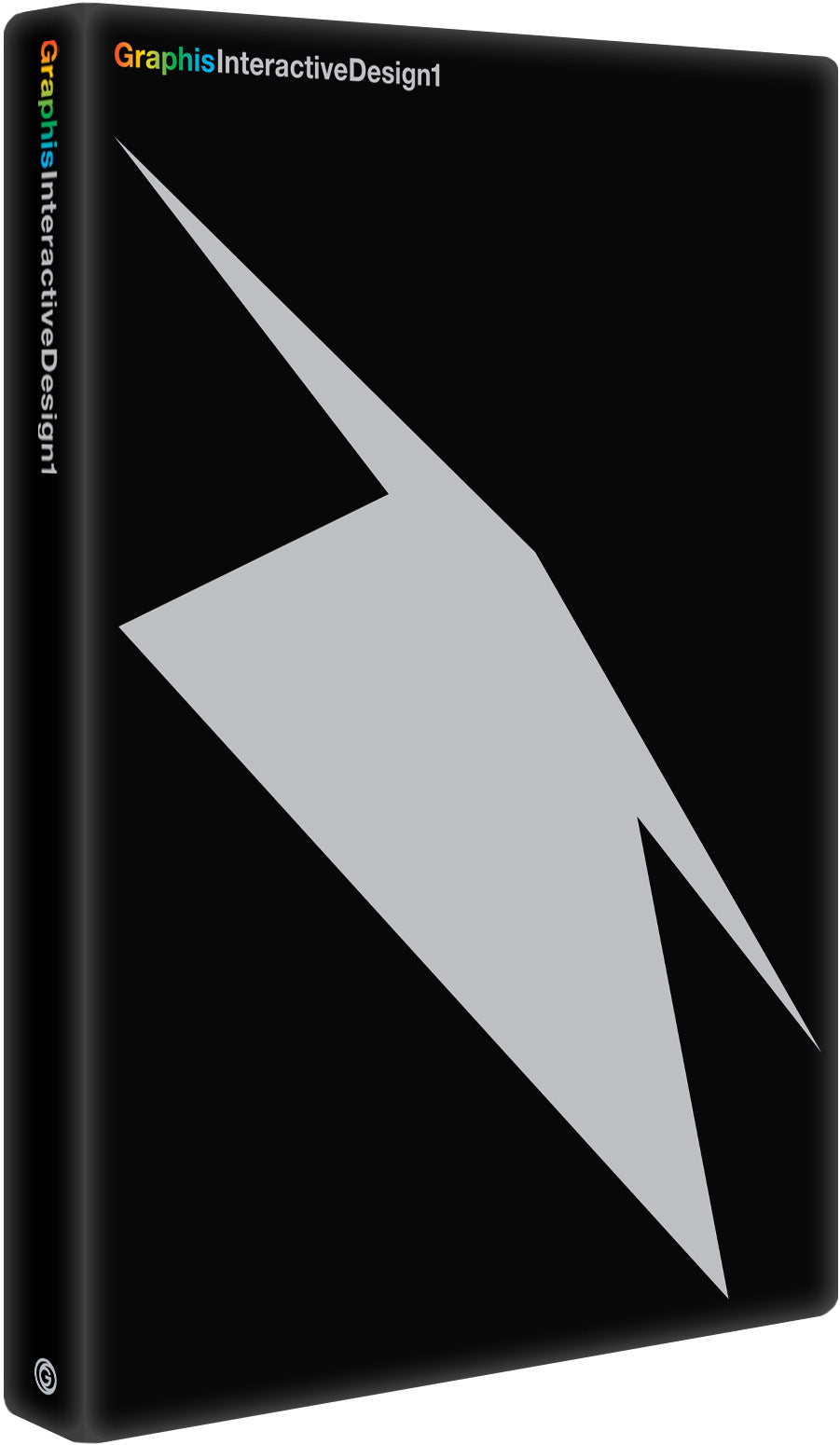A Crystal Clear Tribute to Tradition
In the crowded world of Chinese spirits, “KAISHAN 18” stands apart as a bold reimagining of tradition. Designed by Jansword Zhu of Jansword Design, the project fuses heritage with modernity to attract a new generation of drinkers. From its crystalline bottle inspired by Tianshan’s peaks to its handscroll-inspired label and Tang dynasty–derived stopper, every detail bridges cultural memory with contemporary innovation. The result is more than packaging—it is a cultural statement, inviting younger audiences to rediscover the richness of Chinese spirits through a design that feels both timeless and new.
By: Jansword Zhu, Designer, Jansword Design

The Project
“KAISHAN 18 Chinese Spirit” was designed to reimagine Chinese spirits for a new generation. While this category dominates up to 70% of China’s alcohol market, its traditionally heavy taste and outdated packaging have discouraged younger audiences. KAISHAN introduced a new approach: combining the brewing techniques of gin with traditional Chinese spirits to create a sharper, cleaner taste. The design needed to capture this duality—authentically Chinese yet strikingly modern.

The Process
The bottle’s form was inspired by Tianshan, the “dragon vein” of China. Its eighteen crystal-like facets evoke the surface of a mountain, immersing the consumer in a dreamlike landscape of blue and serenity, as if savoring the spirit among mystical peaks. The gradient blue on the shoulder reflects on the glass, producing a luminous halo effect—an outcome that went beyond our expectations and gave the design a sense of quiet wonder.
The label became another important innovation. Drawing from the tradition of Chinese handscrolls, I created a horizontal wrap that flows like an unfolding narrative. After countless adjustments, the label was set to cover 55% of the perimeter—an asymmetry that strikes a balance between tension and harmony, and one of the most distinctive features of the project.
Typography also played a crucial role, and here I made some of the boldest decisions. The character “开” was rendered with a strong, expansive energy—floating yet balanced, suggesting a sense of openness and power. By contrast, the character “山” did not follow the traditional stability associated with its form. Instead, it highlighted pioneering spirit and forward momentum, aligning perfectly with the brand’s philosophy.
To anchor the design in history, the inverted trapezoid wooden stopper was derived from Tang dynasty alcohol vessels. Its natural texture stands in deliberate contrast to the crystalline bottle, connecting contemporary clarity with cultural memory.
The outer box further enriches the symbolism. Opening from the center, it reveals the bottle like a blue Chinese lantern, signifying illumination and innovation. Its abstract motifs, inspired by Dunhuang cave paintings, resonate with the ancient while reflecting boldness and renewal. The name KAISHAN/开山—from the idiom “开山破斧”—embodies the spirit of pioneers, recalling legendary figures such as Pangu and Yugong who embodied the courage to reshape landscapes.
Another challenge lay in the market’s obsession with size. Traditionally, Chinese spirit comes in 500ml bottles—much smaller than whisky or vodka—and consumers often equate larger packaging with higher value. To meet this expectation without compromising the purity of the design, we thickened the bottle’s base and created a larger outer box, presenting the scale as an intentional design choice rather than a concession.
Together, these details convey more than packaging: they express the Chinese aesthetic of harmony between humanity and nature. The faceted glass body metaphorically breaks the clichés of traditional spirit design, while the brewing method itself fuses old and new, making KAISHAN both a cultural statement and a sensory experience.

The Impact
The launch of KAISHAN was met with a strong reception, demonstrating that heritage can be revitalized for a modern audience. It not only reshaped perceptions of Chinese spirit packaging but also expanded the conversation around how cultural memory can evolve into new forms. More importantly, KAISHAN has successfully attracted a younger, fashion-conscious demographic, a group that traditionally has been less inclined to embrace Chinese spirits due to their heavier taste and dated packaging. By blending traditional elements with a modern twist, KAISHAN has opened the door for younger consumers to rediscover and embrace the heritage of Chinese spirits, making it more appealing to this emerging market.
For me personally, this project reinforced the idea that design is not just about form or function—it can serve as a cultural mediator, carrying tradition into the future while speaking to contemporary sensibilities.

The Creative Journey
What I treasure most are the unexpected moments of discovery—like the ethereal blue shadows cast by the bottle. These subtle surprises gave the design its emotional depth. The project challenged me to rethink the relationship between scale, symbolism, and cultural codes, and to trust that innovation can coexist with authenticity.
I am most proud that KAISHAN feels both deeply Chinese and universally modern. It reflects my creative voice: rooted in heritage, yet unafraid to break conventions and imagine new possibilities.
Jansword Zhu is a multidisciplinary artist and designer whose work bridges art, design, and cultural philosophy. Drawing inspiration from Eastern heritage, he creates works that reimagine tradition for global audiences.
His practice spans packaging design, video art, installations, and experimental films, earning him multiple international honors. His awards include the Graphis Gold Award, the iF Design Award, the A' Design Platinum Award, the APENFT Foundation Award, the Best Installation Award from the Beijing Contemporary Art Foundation, the Jury Selected Award from Asia Art Season, and the Artist Award from Heart Art Communication (Japan), among others. He also serves as art director for Hyatt Centric (Xi’an) and has collaborated with Gucci, Starbucks, and many other brands.
Invoking imagery of electrons, genes, and stars, Zhu explores the intersections between life, technology, and the environment. Through techno-spiritual rituals, he poses critical questions about our ever-shifting era. His art has been exhibited at institutions such as the ICI Berlin Institute, the National Art Museum of Japan, UCCAlab, the Shenzhen–Hong Kong Biennials, the Shanghai Tank Art Center, and more.
Born and raised in Beijing and Tokyo, Zhu earned an MFA from Musashino Art University, bringing a multicultural perspective to his work. He has also published a book titled Invisible Z Axis: Art History through the Lens of Astrological Archetype.

Social: Instagram
Want to see more packaging design? Check out our Design 2025 and Packaging 10 winners on our website.
You may also like
Takashi Matsuda Turns Lab Discoveries Into Mind-Bending Posters
Takashi Matsuda of 246 Graphics brings a painter’s intuition to the rigor of scientific inquiry, turning complex…
Read MoreFlowing Forms, Powerful Letters in Gravdahl’s Poster
John Gravdahl, Graphis Poster Awards 2026 gold winner, transforms typography and materials into compelling visual experiences, where…
Read More
Related Annuals & Publications
View AllBecome a Graphis Member
- 1-Year Membership Subscription
- Enjoy 50% off on Call for Entries
- 1-Year FREE Subscription to Graphis Journal
- Your Portfolio online with profile + links
- Get 20% off on Graphis Books
